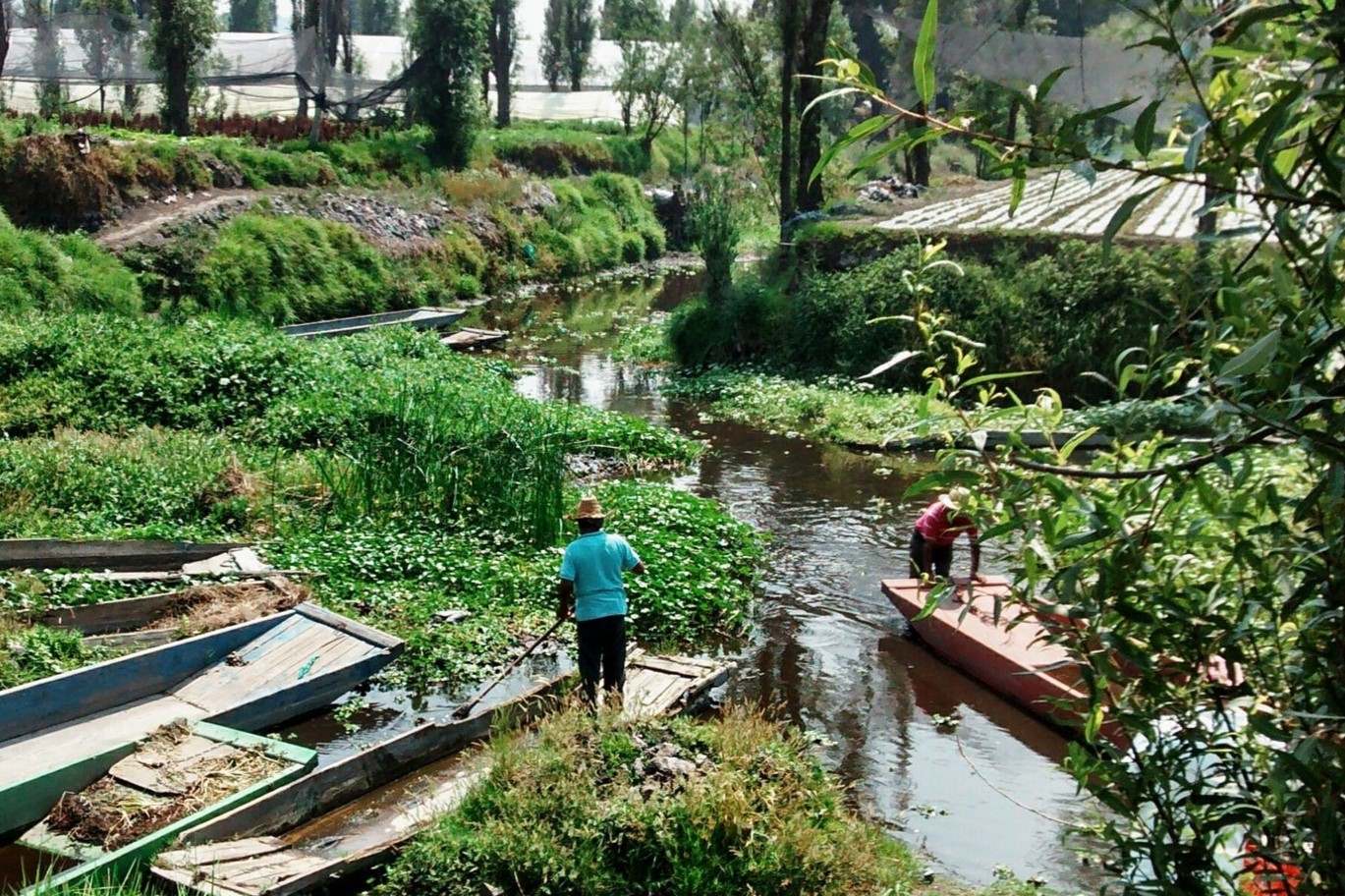
Chinampas are an ancient agricultural technique used by the Aztecs to create fertile land in shallow lake beds. These floating gardens, often called "floating islands," were a marvel of engineering and sustainability. But what exactly are chinampas, and why are they so fascinating? Imagine a network of rectangular plots, surrounded by canals, where crops grow abundantly. These plots were built using layers of mud, lake sediment, and decaying vegetation, creating a rich, fertile environment. Chinampas not only maximized agricultural output but also supported diverse ecosystems. They played a crucial role in feeding large populations and are still used in some parts of Mexico today. Dive into these 35 facts about chinampas to learn more about this ingenious method of farming.
Key Takeaways:
- Chinampas, or "floating gardens," were created by the Aztecs using mud and vegetation to grow crops year-round. They also offer environmental benefits like preventing soil erosion and supporting biodiversity.
- Despite being ancient, chinampas are still relevant today, inspiring sustainable farming and urban agriculture projects. However, they face challenges from urbanization, pollution, and climate change.
What Are Chinampas?
Chinampas, often referred to as "floating gardens," are a unique agricultural method developed by the Aztecs. These man-made islands were constructed in shallow lake beds in the Valley of Mexico. Let's dive into some fascinating facts about these ancient agricultural marvels.
- Chinampas were created by piling up mud, sediment, and decaying vegetation to form small, rectangular plots.
- These plots were surrounded by canals, which provided easy access for canoes and irrigation.
- The Aztecs used willow trees to stabilize the edges of the chinampas, preventing erosion.
- Each chinampa measured about 30 meters long and 2.5 meters wide.
- This method allowed the Aztecs to cultivate crops year-round, even during dry seasons.
Historical Significance of Chinampas
Chinampas played a crucial role in the Aztec civilization, supporting their large population and complex society. Here are some key historical facts about chinampas.
- The Aztecs began developing chinampas around the 10th century.
- By the time the Spanish arrived in the 16th century, chinampas covered approximately 22,000 acres.
- Chinampas contributed significantly to the Aztec economy, providing a surplus of food.
- They were primarily used to grow maize, beans, squash, tomatoes, and chili peppers.
- The Aztecs also cultivated flowers on chinampas, which were highly valued in their culture.
Environmental Benefits of Chinampas
Chinampas are not only an ingenious agricultural technique but also offer several environmental benefits. Let's explore some of these advantages.
- Chinampas help prevent soil erosion by stabilizing the lake beds.
- The canals surrounding chinampas act as natural water filters, improving water quality.
- These floating gardens create a unique microclimate, which helps regulate temperature and humidity.
- Chinampas support biodiversity by providing habitats for various plant and animal species.
- They also help sequester carbon, reducing greenhouse gas emissions.
Modern-Day Relevance of Chinampas
Despite being an ancient technique, chinampas still hold relevance today. Here are some interesting facts about their modern-day applications.
- Chinampas are still used in parts of Mexico, particularly in Xochimilco.
- They are considered a sustainable agricultural practice, promoting organic farming.
- Modern farmers use chinampas to grow a variety of crops, including vegetables, herbs, and flowers.
- Chinampas have inspired urban farming projects in cities around the world.
- Researchers are studying chinampas to develop new sustainable farming methods.
Challenges Facing Chinampas
While chinampas offer numerous benefits, they also face several challenges. Here are some of the issues impacting these ancient agricultural systems.
- Urbanization and pollution threaten the survival of chinampas in Mexico.
- Invasive species, such as water hyacinths, can disrupt the delicate balance of chinampa ecosystems.
- Climate change poses a risk to chinampas by altering rainfall patterns and water levels.
- The loss of traditional knowledge about chinampa construction and maintenance is a significant concern.
- Efforts are being made to preserve and restore chinampas through community initiatives and government programs.
Interesting Facts About Chinampas
Let's delve into some lesser-known and intriguing facts about chinampas that highlight their uniqueness and ingenuity.
- Chinampas were often built in a grid pattern, creating a network of interconnected plots.
- The Aztecs used a technique called "chinamitl" to anchor the chinampas to the lake bed.
- Chinampas were sometimes used for aquaculture, raising fish and other aquatic animals.
- The canals between chinampas served as transportation routes for canoes.
- Chinampas were highly productive, capable of yielding up to seven harvests per year.
Cultural Impact of Chinampas
Chinampas have left a lasting impact on Mexican culture and heritage. Here are some cultural aspects related to chinampas.
- The chinampa system is considered a UNESCO World Heritage site in Xochimilco.
- Chinampas are featured in Mexican folklore and traditional stories.
- They have inspired various forms of art, including paintings, literature, and music.
- Chinampas are celebrated during festivals and cultural events in Mexico.
- The legacy of chinampas continues to influence modern agricultural practices and sustainability efforts.
The Last Word on Chinampas
Chinampas, those floating gardens of ancient Mesoamerica, are a testament to human ingenuity. These agricultural marvels not only boosted food production but also supported thriving civilizations. The Aztecs, in particular, mastered this technique, creating a sustainable farming system that still inspires modern agriculture.
Understanding chinampas gives us a glimpse into the past and offers solutions for today's environmental challenges. Their efficient use of resources and minimal environmental impact make them a model for sustainable farming practices.
So, next time you think about innovative farming, remember the chinampas. They remind us that sometimes, the best solutions come from looking back at history. Whether you're a history buff, a gardening enthusiast, or just curious about ancient cultures, chinampas offer a fascinating story of resilience and creativity.
Frequently Asked Questions
Was this page helpful?
Our commitment to delivering trustworthy and engaging content is at the heart of what we do. Each fact on our site is contributed by real users like you, bringing a wealth of diverse insights and information. To ensure the highest standards of accuracy and reliability, our dedicated editors meticulously review each submission. This process guarantees that the facts we share are not only fascinating but also credible. Trust in our commitment to quality and authenticity as you explore and learn with us.


